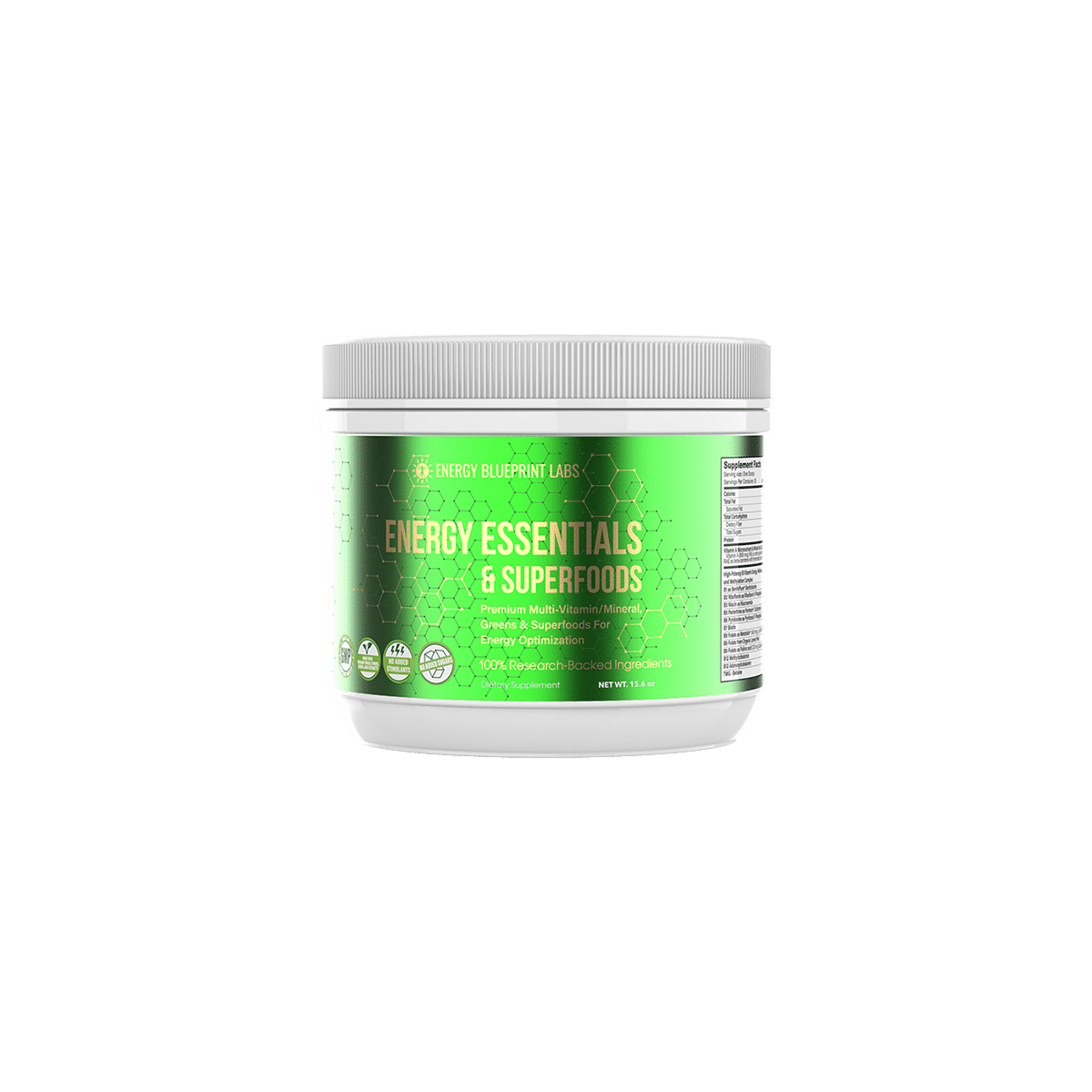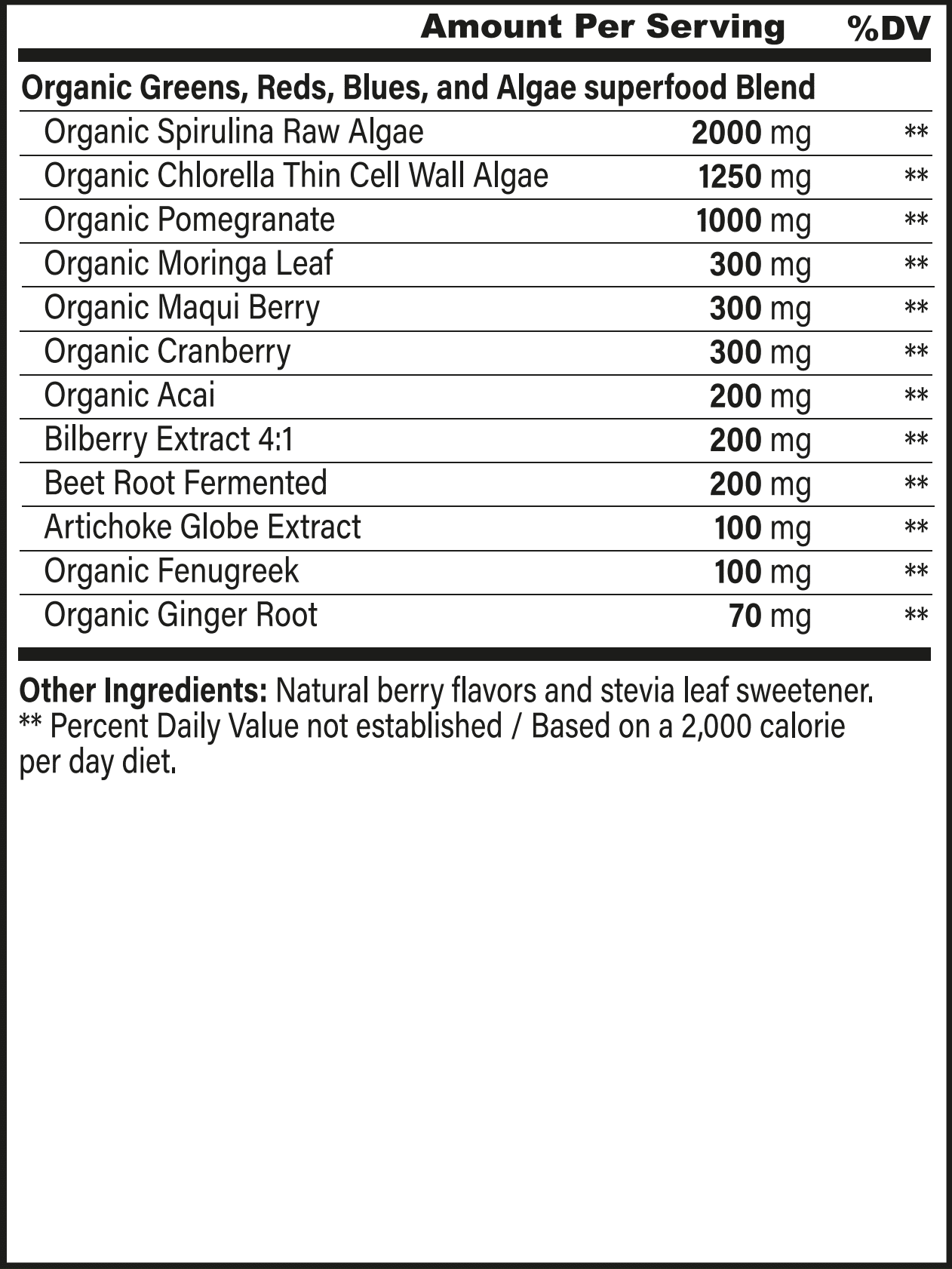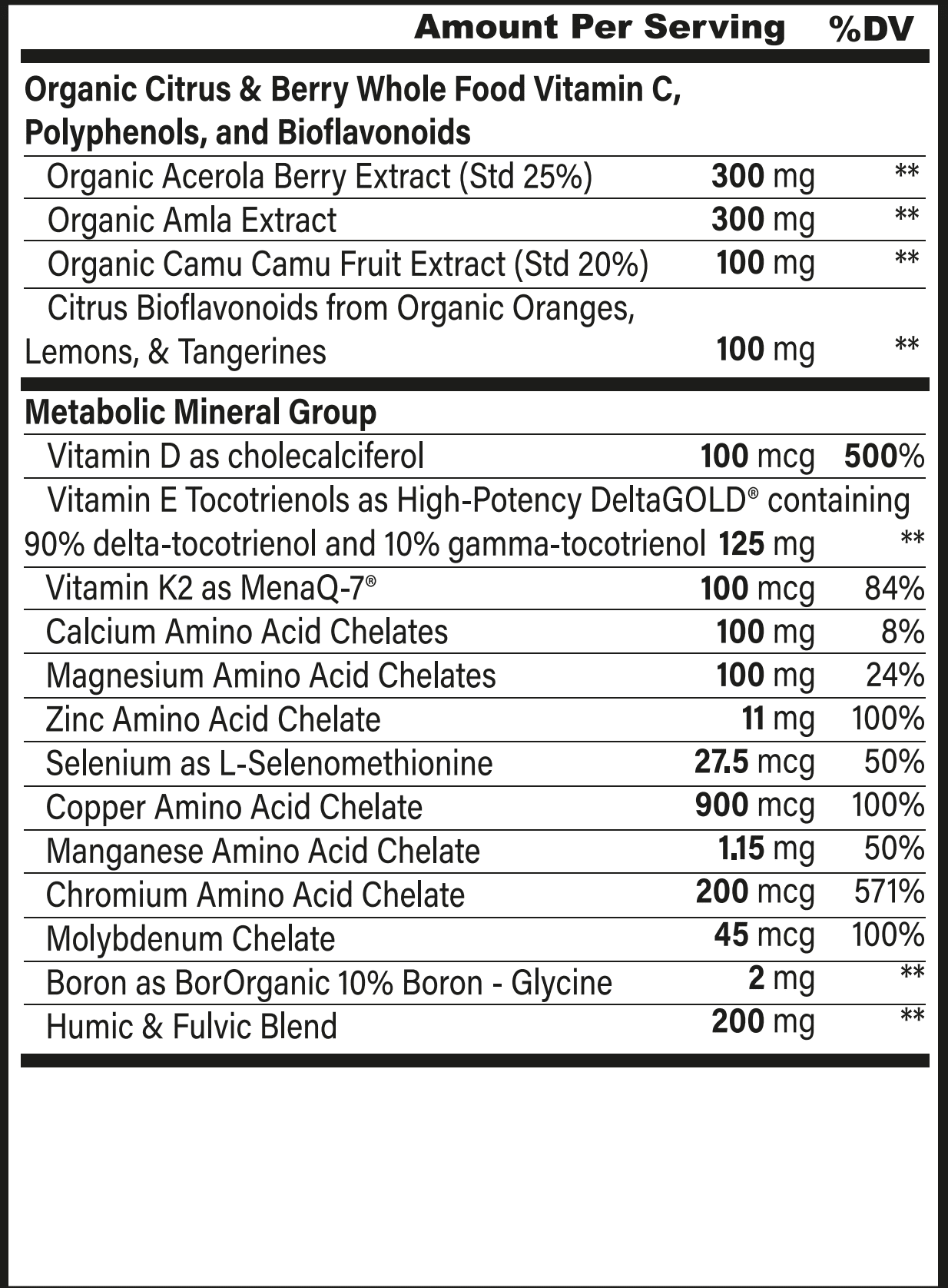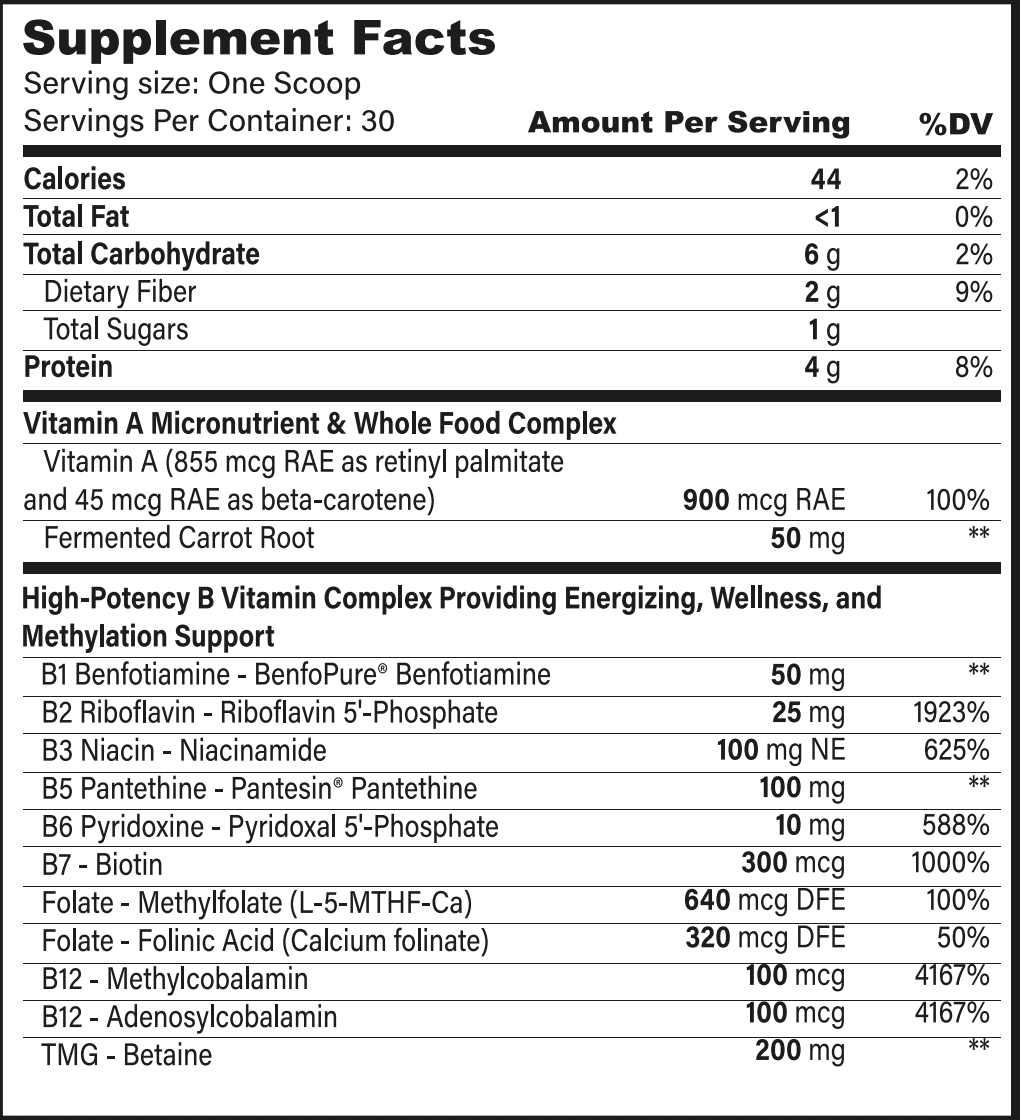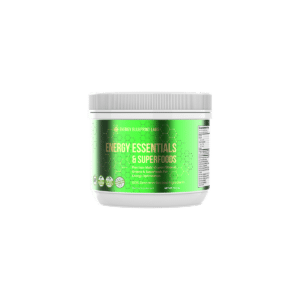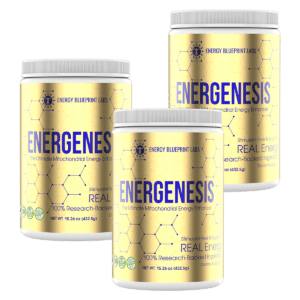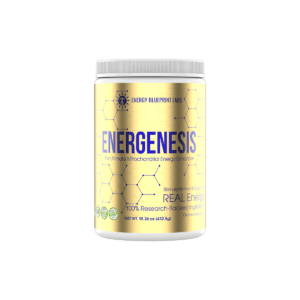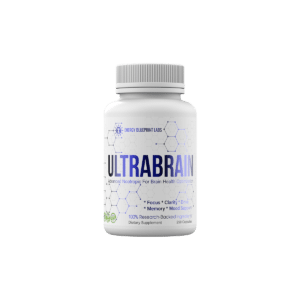Visit Human Optimization We are transferring the store over to our new brand called Human Optimization
*These statements have not been evaluated by the Food and Drug Administration. This product is not intended to diagnose, treat, cure, or prevent any disease.
Copyright © 2025 Ari Whitten, Inc.



